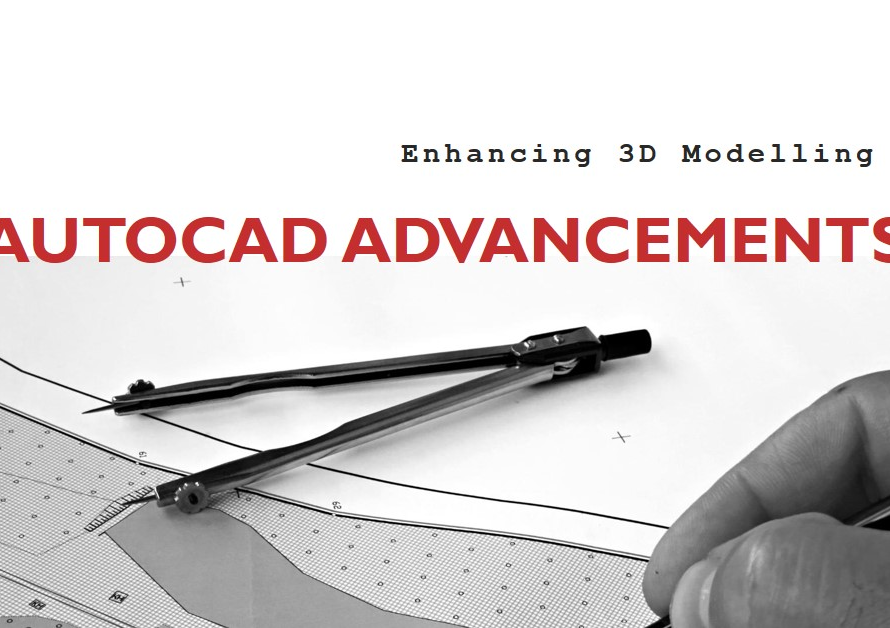
Table of Contents
- Introduction:
- The Essence of City Planning:
- Historical Roots and Evolution:
- Key Components of City Planning:
- The Role of Public Participation:
- Technological Advancements in City Planning:
- Challenges in City Planning:
- Opportunities for Future City Planning
- The Importance of Equity in City Planning:
- The Future of City Planning:
- Conclusion:
Introduction:
City planning, often referred to as urban planning, is a field that seamlessly combines science, art, and policy to design the physical, economic, and social fabric of urban spaces. As cities continue to grow and evolve, the importance of thoughtful and strategic city planning becomes increasingly paramount. This blog post aims to provide an in-depth introduction to city planning, shedding light on its significance, core components, historical evolution, and the challenges and opportunities it presents.
The Essence of City Planning:
City planning is fundamentally about envisioning the future of urban areas and orchestrating the development and use of land to create harmonious, sustainable, and functional spaces. This multidisciplinary approach involves considering factors such as population growth, environmental sustainability, economic vitality, and social equity.
In essence, city planners strive to enhance the quality of life for urban residents by addressing issues related to transportation, housing, public spaces, infrastructure, and services. By doing so, they aim to create cities that are not only aesthetically pleasing but also efficient, resilient, and inclusive.
Historical Roots and Evolution:
The history of city planning dates back to ancient civilizations, where early forms of urban design can be seen in cities like Mohenjo-Daro, Babylon, and ancient Rome. These early planners emphasized the need for organized street layouts, public baths, and water supply systems, reflecting an understanding of the importance of infrastructure in urban living.
As societies evolved, so did city planning practices. The Industrial Revolution brought about significant changes, with rapid urbanization leading to overcrowded and unsanitary living conditions. This period marked the beginning of modern city planning, with initiatives aimed at improving public health, housing, and transportation.
Key Components of City Planning:
At the core of city planning is land use planning, which involves the allocation and regulation of land for various purposes such as residential, commercial, industrial, and recreational activities. Effective land use planning ensures that land resources are used efficiently and sustainably, balancing the needs of different sectors and communities. Land use plans often include zoning regulations that dictate the types of buildings and activities permitted in specific areas. These regulations help prevent conflicts between incompatible uses and promote orderly development.
Transportation planning is another critical component, focusing on the development of efficient and sustainable transportation systems. This includes the design of road networks, public transit systems, pedestrian pathways, and cycling infrastructure. Effective transportation planning reduces traffic congestion, lowers carbon emissions, and enhances accessibility, ensuring that residents can easily navigate the city and reach essential services and amenities.
Environmental planning aims to minimize the negative impact of urban development on natural ecosystems and promote sustainable practices. This involves preserving green spaces, managing waste and water resources, and implementing measures to reduce pollution and carbon footprints. Incorporating environmental considerations into city planning is essential for creating resilient cities that can withstand the challenges posed by climate change and natural disasters.
The Role of Public Participation:
Public participation is a cornerstone of effective city planning. Engaging the community in the planning process ensures that the needs and aspirations of residents are reflected in the final plans. This can be achieved through public consultations, workshops, and collaborative decision-making processes.
By involving the public, planners can gain valuable insights, build trust, and foster a sense of ownership and pride among residents. This collaborative approach leads to more inclusive and equitable urban development.
Technological Advancements in City Planning:
The advent of technology has revolutionized city planning, providing planners with advanced tools and data to make informed decisions. Geographic Information Systems (GIS), for instance, enable planners to analyze spatial data and visualize complex urban patterns.
Other technologies, such as Building Information Modeling (BIM) and smart city solutions, facilitate the design and management of urban infrastructure. These technological advancements enhance the efficiency and effectiveness of city planning processes, leading to more innovative and sustainable urban solutions.
Challenges in City Planning:
City planning is fraught with challenges, ranging from political and economic constraints to social and environmental issues. Planners often grapple with conflicting interests and priorities, requiring them to make tough decisions and trade-offs.
One significant challenge is balancing growth with sustainability. Rapid urbanization can lead to environmental degradation and resource depletion if not managed properly. Planners must find ways to accommodate growth while preserving natural resources and promoting sustainable practices.


Opportunities for Future City Planning
Despite the challenges, there are numerous opportunities for innovation and improvement in city planning. The growing emphasis on sustainability and resilience presents an opportunity to rethink traditional planning approaches and embrace more holistic and integrated solutions.
The rise of smart cities, for instance, offers the potential to harness technology to improve urban living. By leveraging data and digital infrastructure, cities can become more efficient, responsive, and adaptable to changing needs and conditions.
The Importance of Equity in City Planning:
Equity is a fundamental principle in city planning, ensuring that all residents have access to opportunities and resources. Planners must address social disparities and work towards creating inclusive cities where everyone, regardless of their background or socioeconomic status, can thrive.
This involves promoting affordable housing, improving access to public services, and designing public spaces that are welcoming and accessible to all. By prioritizing equity, planners can help build cohesive and just communities.
The Future of City Planning:
The future of city planning is likely to be shaped by ongoing trends such as urbanization, climate change, and technological advancements. Planners will need to adapt to these changes and develop innovative strategies to address emerging challenges.
Sustainability and resilience will continue to be central themes, with a focus on creating cities that can withstand and recover from various shocks and stresses. Additionally, the integration of technology and data-driven approaches will play a crucial role in shaping the future of urban development.
Conclusion:
In conclusion, city planning is a dynamic and multifaceted field that plays a vital role in shaping the places where we live, work, and play. By understanding its principles, components, and challenges, we can appreciate the complexities involved and the importance of thoughtful and strategic planning in creating vibrant, sustainable, and equitable cities for the future.


